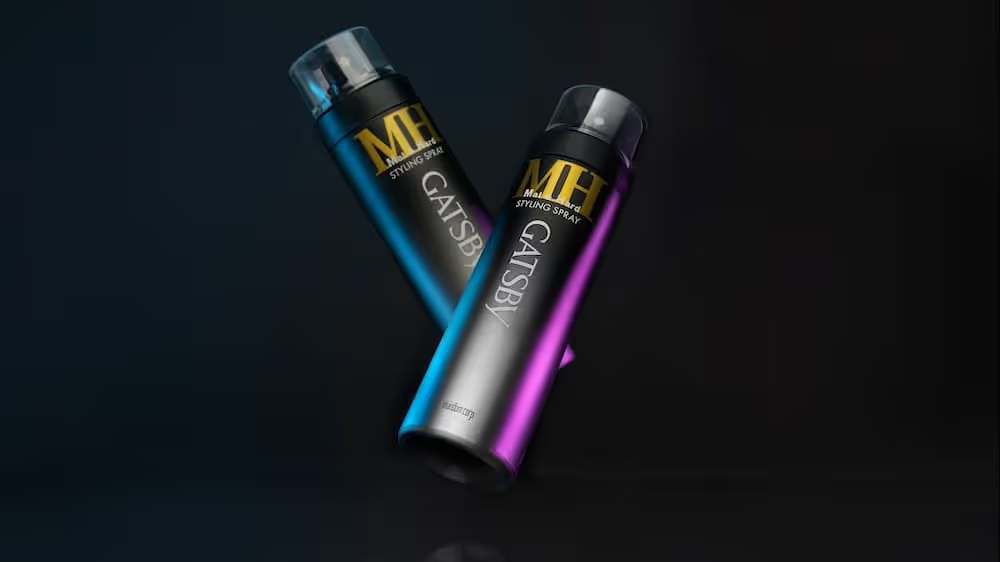
As product photographers, we are often coordinating multiple items in and out of our set on a photoshoot. Even with the utmost care and attention to detail, sometimes we discover there is still visible dust, lint, or even scratches in the final image.
If you happen to discover any issues with your product, surfaces or backdrops there is a quick and easy way to remove these unwanted marks in Photoshop. Let us show you how!
Import, duplicate, and convert to Smart Object
Firstly, import your image into Photoshop then create a duplicate of the original image so you have a backup in case you mess anything up in the process. To do this, simply right click on the original layer and select Duplicate Layer. Rename the layer so it's easier to identify what that layer is for later on. Then, right click on the duplicated layer and select Convert to Smart Object.
We will discuss why we convert to Smart Object later in this tutorial.
Apply Dust & Scratches Filter
What is Dust & Scratches Filter? Like the name says, it's a filter that hides dust and scratches by blurring those areas of your image. To apply this filter, go to Filter > Noise > Dust & Scratches. A little adjustment window with Radius and Threshold settings will pop up.
- Radius - Determines the size of the area being blurred
- Threshold - Determines how much contrast between pixels must be present before they're blurred
Start with sliding both Radius and Threshold to the left. Slowly increase the Radius to the point where the dust disappears. Next, increase the Threshold to the point where the dust reappears, then slide it back slightly so that we still retain some texture on the surface.
[#cta]
Apply a Layer Mask
Don't worry if the image now looks like a blotchy mess. Apply a Layer Mask to the duplicated layer by selecting the Add Layer Mask icon at the bottom of the Layers panel, invert the mask to black so it hides the filter by pressing CTRL + I (Win) or CMD + I (Mac). Now, select a white brush and paint on the areas with dust or scratches.
Why Smart Object?
Smart Objects are layers that contain image data from raster or vector images. In this case, we are applying a filter to our image, and by converting it to Smart Object, we are able to readjust the filter settings at any point in time. Another advantage of using Smart Object is that you can apply as many transformations as you want without decreasing image quality!
While there are many other ways you can do this in Photoshop, this technique can help you easily remove dust and scratches from your product or props. However, always remember that it's better to clean your products and props before you set up your shoot to save you more time and effort in post-production.
Ready to produce customised photos & video for your brand?
Want to get paid to create visual content?
Get access to paid work opportunities with global brands. Register your interest by sharing some examples of your work.
Sign up to receive the latest digital brand strategies and case studies

Download our free guide: 20 brand campaigns using visual context to engage consumers

Sign up to receive the latest content creation tips and tutorials



















